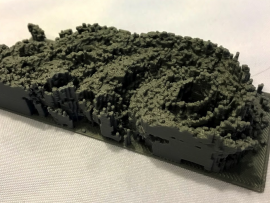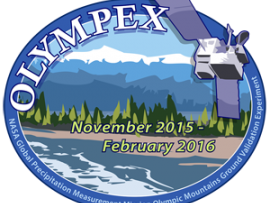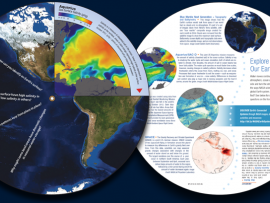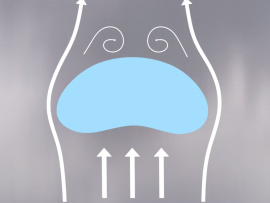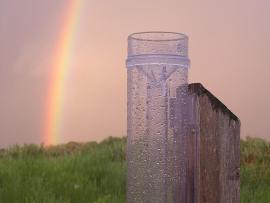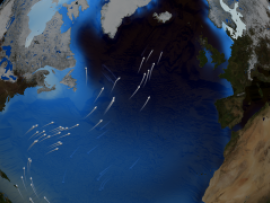Browse Water Properties Resources
Browse Water Properties Resources
Primary Topic:
Subtopics:
Type:
Summary:
Requires access to a 3D printer. Learn how to use our 3D printed GPM data to teach about the structure of storms.
Primary Topic:
Subtopics:
Type:
Standards:
Keywords:
Summary:
GPM Project Scientist Gail Skofronick-Jackson explains why all snowflakes have six sides and how the Global Precipitation Measurement Mission can measure falling snow from space.
Primary Topic:
Subtopics:
Type:
Standards:
Keywords:
Summary:
This video explains why the size and shape of raindrops in a cloud matters to scientists, and how the Global Precipitation Measurement Mission is able to provide these measurements from space.
Primary Topic:
Subtopics:
Type:
Keywords:
Summary:
You will learn how we measure rain and snow from the ground and from space using satellites, and why we need to check the data using ground validation. This particularly relates to the OLYMPEX Field Campaign.
Primary Topic:
Type:
Keywords:
Summary:
This IQuest has been created to take you on a journey that allows you to discover how water, the single most important ingredient for life as we know it, moves through Earth’s systems.
Primary Topic:
Subtopics:
Type:
Keywords:
Summary:
Read about the chemistry of water and how scientists believe it formed and came to be found on Earth.
Primary Topic:
Subtopics:
Type:
Standards:
Keywords:
Summary:
Contrary to popular belief, raindrops are not tear shaped and are actually shaped like the top of a hamburger bun, round on the top and flat on the bottom. This new video from GPM explains why.
Primary Topic:
Subtopics:
Type:
Keywords:
Summary:
In this hands-on inquiry-based activity, students face an engineering challenge based on real-world applications. They are tasked with developing a tool they can use to measure the amount of rain that falls each day.
Primary Topic:
Subtopics:
Type:
Standards:
Keywords:
Summary:
The animations in this group show the long-term average sea surface temperature, the long term average sea surface salinity, and the the long term average sea surface density.
Primary Topic:
Subtopics:
Type:
Standards:
Keywords:
Summary:
The oceans are mostly composed of warm salty water near the surface over cold, less salty water in the ocean depths. These two regions don't mix except in certain special areas, which creates a large slow current called the thermohaline circulation.


